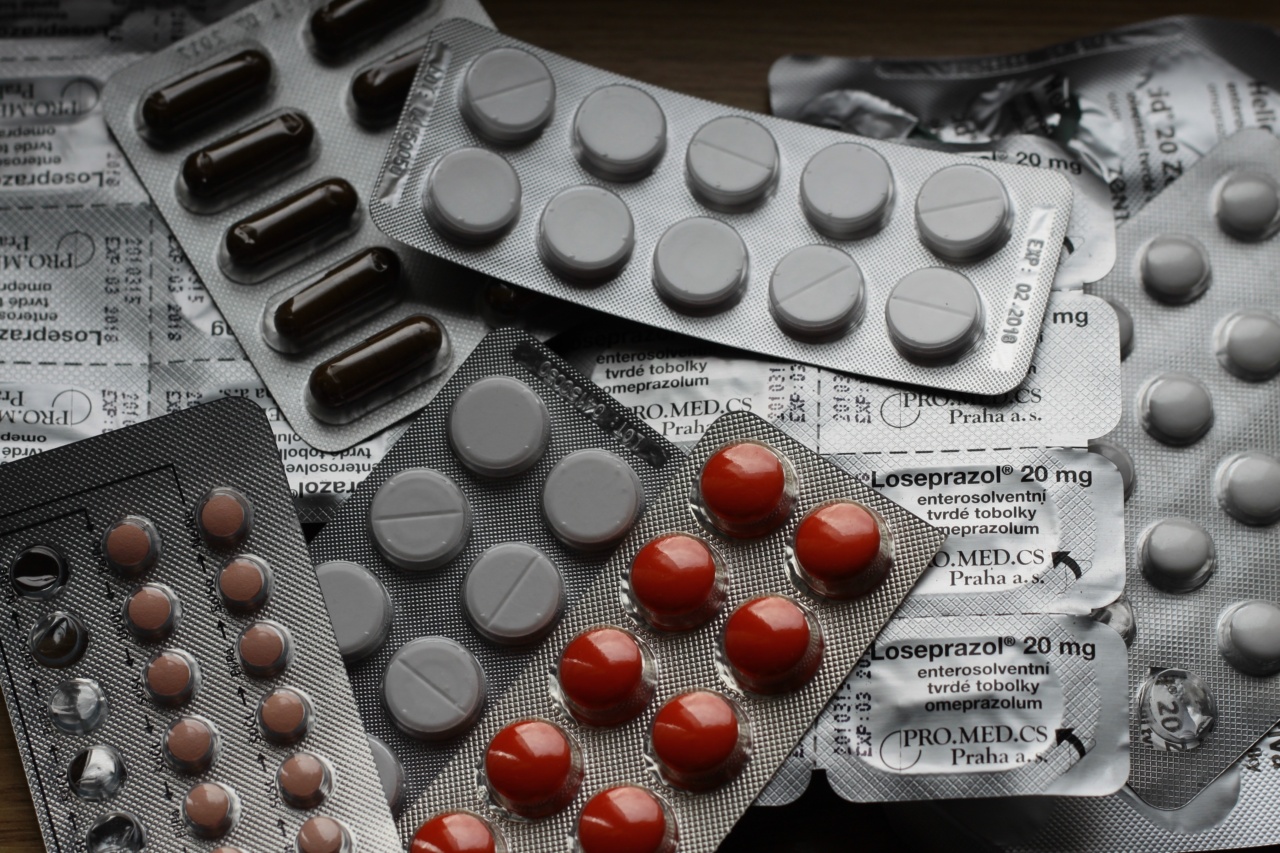Many people experience mid-back pain at some point in their lives. This type of pain can range from mild discomfort to severe pain that affects daily activities.
Understanding the causes and treatment options for mid-back pain is essential for effective management and relief. In this article, we will explore the various factors that can contribute to mid-back pain and discuss the available treatment options.
Section 1: Anatomy of the Mid-Back
The mid-back, also known as the thoracic spine, is located between the neck and the lower back. It consists of twelve vertebrae (T1 to T12) that are connected to the rib cage.
The mid-back plays a crucial role in providing stability, protecting the spinal cord, and allowing for flexibility and movement. The muscles, ligaments, and tendons surrounding the mid-back also contribute to its function.
Section 2: Causes of Mid-Back Pain
Mid-back pain can have various causes, including:.
1. Muscle Strain
One of the most common causes of mid-back pain is muscle strain. This occurs when the muscles in the mid-back are stretched or torn due to overuse, improper lifting, or sudden movements. Poor posture can also contribute to muscle strain in the mid-back.
2. Poor Posture
Bad posture, such as slouching or hunching over, can put strain on the muscles and ligaments in the mid-back. Over time, this can lead to muscle imbalances and chronic mid-back pain.
3. Herniated Disc
A herniated disc, also known as a slipped disc or a ruptured disc, can cause mid-back pain. This occurs when the soft inner material of a spinal disc pushes through the outer layer, irritating nearby nerves and causing pain.
4. Osteoarthritis
Osteoarthritis is a degenerative joint disease that can affect the mid-back. It occurs when the protective cartilage between the vertebrae wears down over time, leading to pain and stiffness.
5. Scoliosis
Scoliosis is a condition characterized by an abnormal curvature of the spine. In some cases, scoliosis can contribute to mid-back pain, especially if the curvature is severe or if it causes muscle imbalances.
6. Poor Ergonomics
Working or sitting for prolonged periods in an ergonomically incorrect position can strain the mid-back muscles and lead to pain. This is commonly seen in individuals who work at a desk or operate heavy machinery.
Section 3: Treatment Options
Treatment for mid-back pain depends on the underlying cause and the severity of the pain. Here are some common treatment options:.
1. Rest and Ice
If the mid-back pain is due to muscle strain or injury, rest and ice can help reduce inflammation and provide relief. Applying ice packs to the affected area for 15-20 minutes several times a day can help relieve pain and swelling.
2. Physical Therapy
Physical therapy can be highly beneficial for mid-back pain. A qualified physical therapist can assess the underlying causes of the pain and design a personalized exercise program to strengthen the muscles, improve posture, and enhance flexibility.
3. Medications
Over-the-counter pain medications, such as nonsteroidal anti-inflammatory drugs (NSAIDs), can help reduce pain and inflammation associated with mid-back pain. In some cases, prescription medications may be necessary to manage more severe pain.
4. Heat Therapy
Applying heat to the affected area can help relax the muscles and improve blood circulation, promoting healing and reducing pain. Hot packs, heating pads, or warm baths/showers can be used as heat therapy.
5. Posture Correction
If poor posture is the cause of mid-back pain, focusing on posture correction techniques can be helpful. Engaging in exercises that target the core muscles and maintaining proper alignment throughout the day can reduce strain on the mid-back.
6. Chiropractic Care
Chiropractic adjustments can provide relief for mid-back pain by realigning the spine and improving overall spinal health. A chiropractor can assess the spine’s condition and perform adjustments to reduce pain and improve function.
7. Injections
In some cases, injections of corticosteroids or local anesthetics may be recommended to provide temporary relief from mid-back pain. These injections can help reduce inflammation and alleviate pain.
8. Surgery
Surgical intervention is typically reserved for severe cases of mid-back pain when conservative treatments have failed to provide relief. Surgery may be considered for conditions such as herniated discs, spinal stenosis, or severe scoliosis.
Section 4: Prevention Tips
Preventing mid-back pain is possible by following these tips:.
1. Maintain Good Posture
Practice good posture throughout the day. Sit and stand with your shoulders back, your head aligned with your spine, and your feet planted on the ground.
2. Exercise Regularly
Engage in regular exercise that focuses on strengthening the core and back muscles. This helps support the mid-back and reduce strain.
3. Lift Properly
When lifting heavy objects, bend your knees, keep your back straight, and lift with your leg muscles instead of your back. Avoid twisting while lifting.
4. Take Frequent Breaks
If you have a desk job, take frequent breaks to stretch and walk around. Sitting for prolonged periods can strain the back muscles.
5. Use Ergonomic Support
Ensure that your workstation is ergonomically designed to support your back. Use a chair with proper lumbar support and position your computer monitor at eye level.
Conclusion
Mid-back pain is a common condition that can significantly impact daily life. By understanding the causes and treatment options for mid-back pain, individuals can seek appropriate care and take preventive measures.
Whether through conservative measures like physical therapy and posture correction or more invasive treatments like injections and surgery, finding relief from mid-back pain is achievable.






























